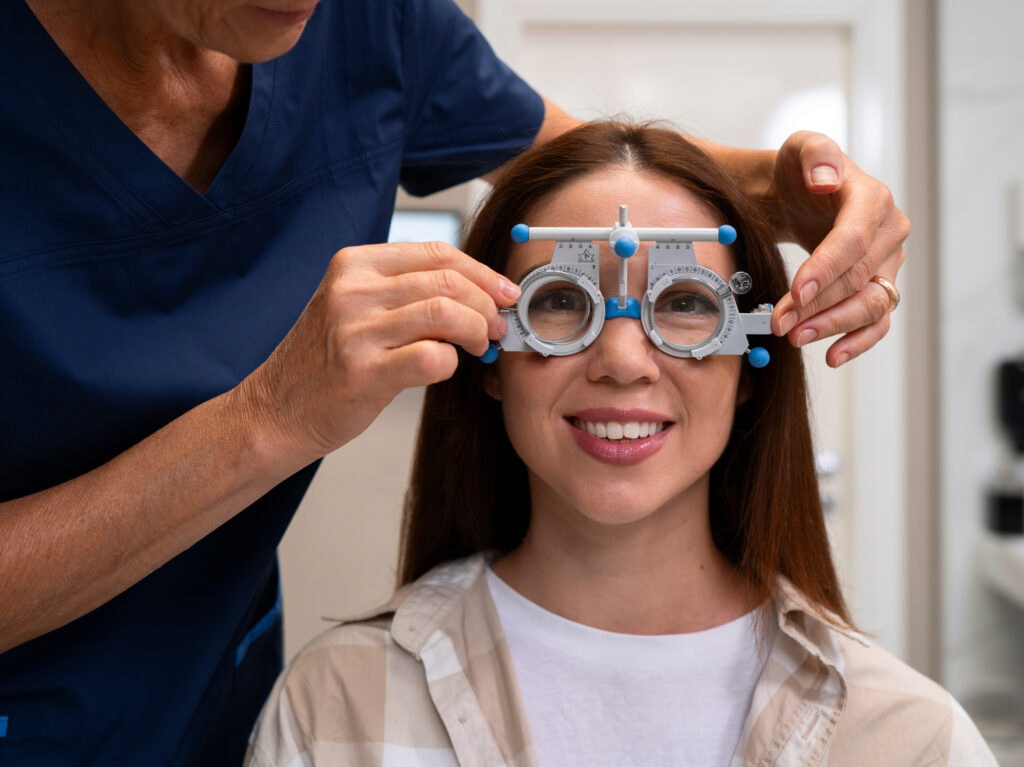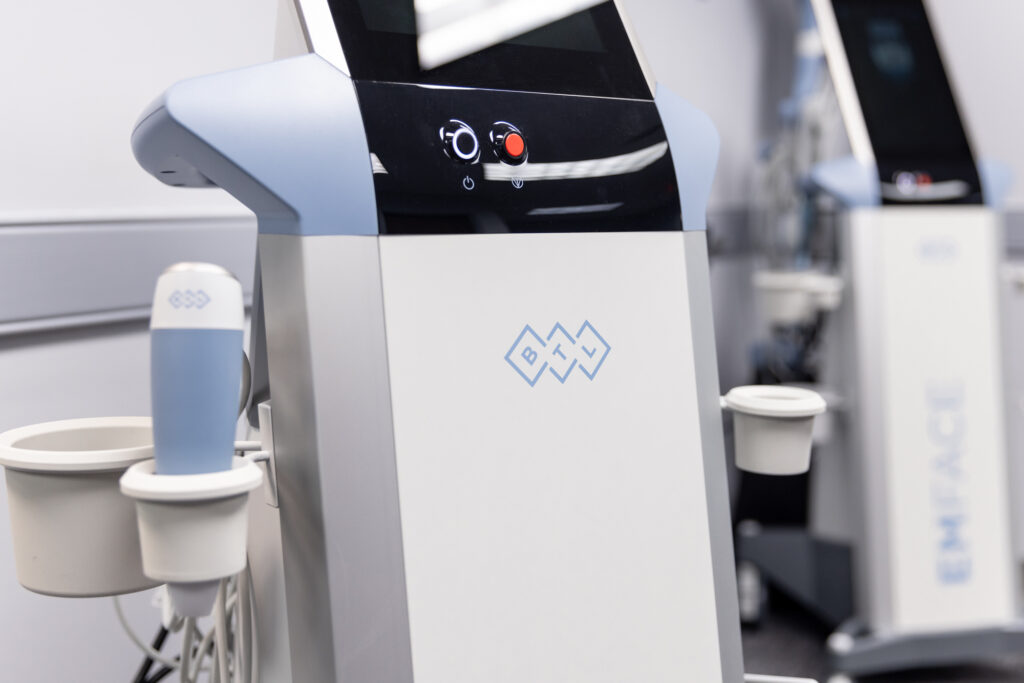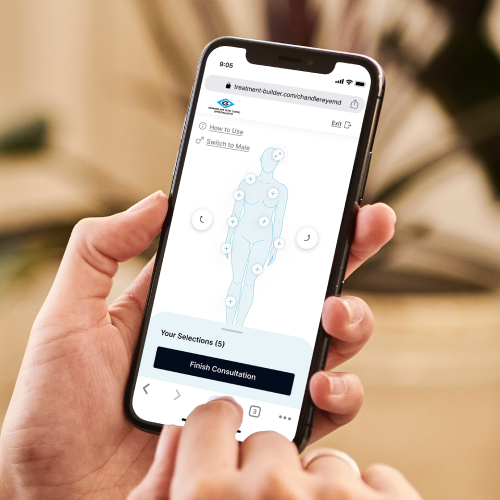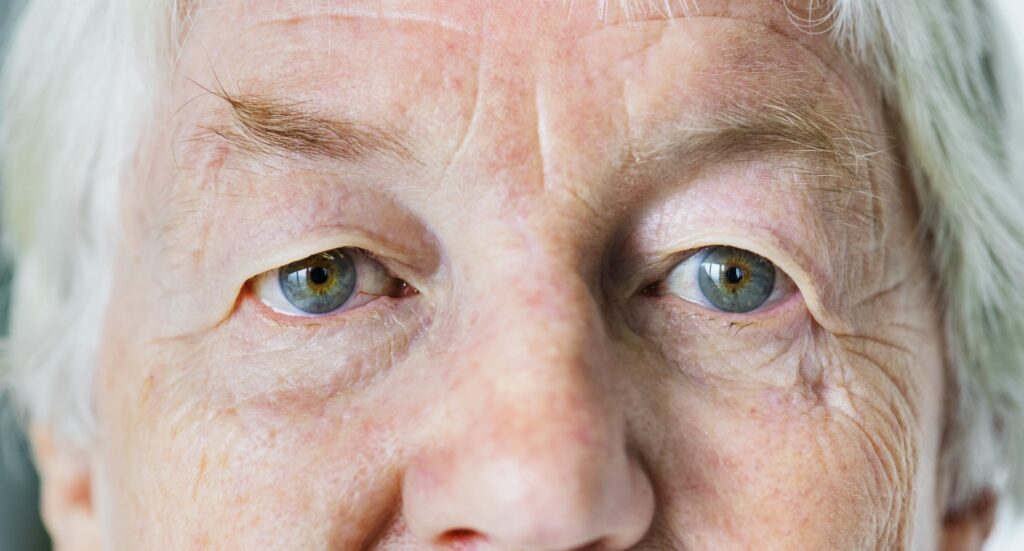
Facing the prospect of cataract surgery can feel overwhelming—but with the right information and the right professionals by your side, it doesn’t have to be. This procedure can safely and effectively restore clarity and improve your quality of life, but where should you even start?
At Chandler Eye Care Specialists, we understand the concerns and questions that come as you prepare for this life-changing procedure. That’s why we’ve created this comprehensive guide to cataract surgery—from your first consultation to full recovery—to help you feel informed, confident, and supported every step of the way on your journey.
If you’re wondering how to make the most of your cataract surgery near Short Pump, you’re in the right place.
What is a cataract?
Our eyes have natural lenses inside of them. These lenses bend and refract rays of light that come into our eye to help us see. Usually, both of these lenses start out clear, but aging and environmental factors take a toll on them.
When your eye’s natural lens becomes cloudy, this is called a cataract. Broken-down proteins in your lens cause your vision to blur, and this worsens over time. Cataracts are a common part of aging and usually develop slowly. Symptoms of cataracts include:
- Having blurry vision
- Seeing double (ghost images)
- Noticing ‘halos’ around lights
- Being extra sensitive to light (especially at night)
- Having trouble seeing in low light
- Seeing bright colors as faded or yellowed instead
In the early stages, cataracts may not cause too much trouble. However, cataracts grow over time, and the cloudiness continues to spread throughout your eye’s lens, so symptoms gradually worsen.
What causes cataracts to form?
According to the World Health Organization, cataracts affect 65.2 million people and cause moderate-to-severe vision loss in over 80% cases. Cataracts can form in a few different ways, and the cause of cataracts may differ from person to person.
Most cataracts form as part of the natural aging process. Our eyes begin to change after the age of 40, and the natural proteins in our lenses break down.
Aging is not the only cause, though. Other reasons include:
- Genetic predisposition to developing cataracts (parents, siblings, or family members have diagnosed cataracts).
- Certain medical conditions, like diabetes, and medications such as steroids.
- A past eye injury or previous eye surgeries
- Lots of time in the sun, especially without proper eye protection from ultraviolet (UV) rays.
- Smoking.
There is no way to completely prevent cataracts, but you can take a few steps to lower your risk. Those steps include:
- Eating healthy and including dark, leafy greens (like spinach and kale) in your diet.
- Wearing sunglasses or hats with a large brim to block sunlight.
- Avoiding or quitting smoking.
- Getting yearly eye exams.
Our team recommends keeping up-to-date with your yearly eye exams. These exams help keep your eyes healthy, and can help eye doctors detect and diagnose potential eye issues early on to begin treatment promptly.
When is it time to consider cataract surgery?
If cataracts are causing visual impairments and affecting your daily life, it might be time to consider cataract surgery near Short Pump. You should speak to your eye doctor to help determine the best option for you.

An ophthalmologist can conduct a visual acuity test and refraction, which uses an eye chart and lenses to measure vision. They can also perform a close-up exam of the eye after dilating the pupil with special drops to determine if you have cataracts.
If left untreated, cataracts can cause inflammation of the eyes and increase “intraocular pressure.” An increase in intraocular pressure can lead to other, severe eye conditions, like glaucoma. Treating cataracts early can help prevent the need for glaucoma surgery or laser eye surgery in the future.
Cataract Surgery: From Consultation to Recovery
Starting your journey to clearer vision with cataract surgery can seem overwhelming, but take a deep breath. You’re more than ready for this! Here’s what to expect through the entire process at Chandler Eye Care, from your initial consultation to your post-surgery recovery.
Your Consultation
To begin your journey towards better eye health, you start with a curated consultation with an ophthalmologist at Chandler Eye Care. This consultation only takes around 30 minutes, and it allows us to examine the severity of your cataracts and determine if cataract surgery near Short Pump is the best option for you.
This consultation also provides you with an opportunity to ask all the questions you have about your personal eye conditions and any treatments our eye doctors propose. This can include questions like: ”How long will the surgery take?” and “What does the recovery timeline look like?”, or even ”When will I be able to drive again?”
If we decide together that cataract surgery is the best treatment for your eye condition, you will schedule an appointment date and move on to the next step of this process.
The Cataract Surgery Pre-Care
Once you have scheduled your surgery, you need to complete a few pre-care steps before you come in for your treatment.
- We provide you with eye drops to prepare for your appointment. Follow the eyedrop and other instructions in the days leading up to your surgery.
- Have someone available to drive you home after the surgery. You should avoid driving for at least 24 hours after your cataract surgery.
You normally do not need to stop any medications before cataract surgery when it is done by Dr. Chandler because he uses eye drop anesthesia, and no injections are given in or around the eye (so there is no risk of bleeding).
Be sure to discuss all prescriptions and supplements with your provider during your initial consultation, or contact us at any time to verify what medications you take before surgery.
Your Cataract Surgery
The actual surgery process only takes about 15-20 minutes, though you will be at the surgery center for about 2 hours. Your surgeon will administer numbing drops to the eye to prepare for the procedure, so you won’t have to worry about any needles during the numbing process.
Chandler Eye Care uses an ultrasound surgery method called phacoemulsification to remove the cloudy lens. During this procedure, ultrasound waves break up the cataract and lift and remove the fragments. From there, your surgeon implants a clear, artificial lens to help restore your vision.
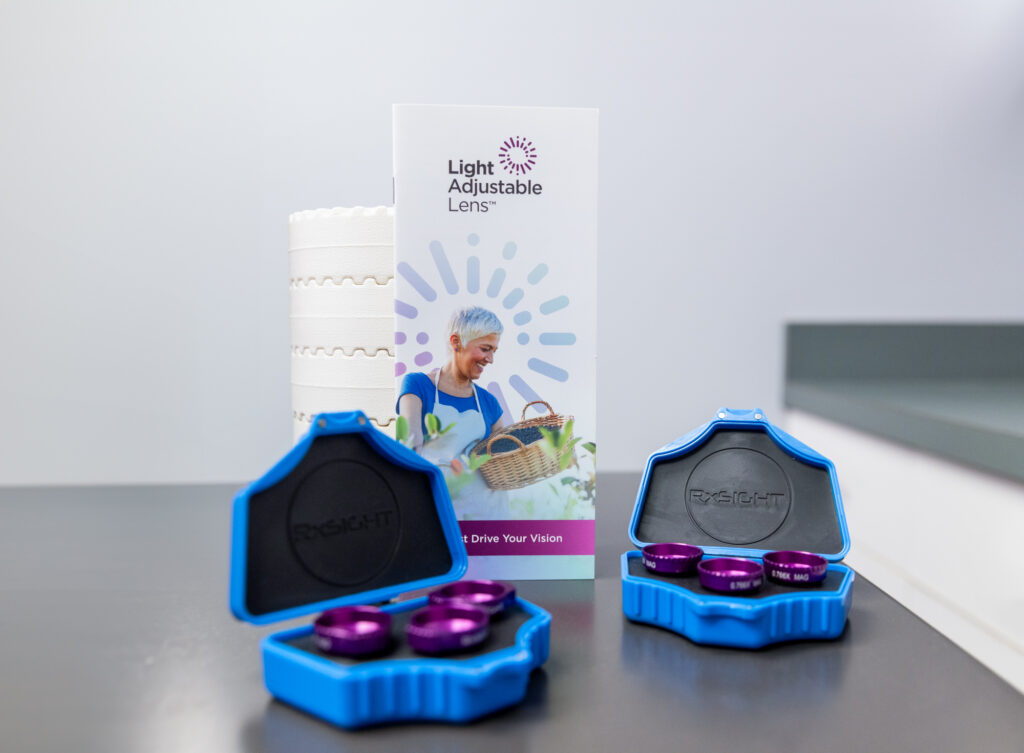
Usually, you schedule cataract surgery for one of your eyes to start, and schedule the other eye surgery for the following week. This approach allows one eye to heal before we operate on the other.
Surgery Post-Care Steps
There are a few steps you should take after your cataract surgery near Short Pump. In order to have optimal results, make sure to:
- Keep using the eye drops prescribed to you and follow the postoperative instructions.
- Avoid rubbing your eyes after the procedure.
- Try not to physically strain for a week or so after the surgery.
- Avoid heavy lifting or strenuous activities (like exercise) for at least 72 hours after your appointment.
- Expect to have 2 to 5 days of downtime to recover.
Patients usually have temporary blurry vision in their treated eye, along with some sensitivity to light and mild discomfort. The prescribed eye drops help ease these symptoms, and typically those effects fade in the days following your treatment.
After both of your cataract surgeries are complete, our team schedules a series of follow-up appointments with you. These appointments help us examine the new lens and assess improvements in your vision after your surgery.
Contact your eye doctor at Chandler Eye Care if you experience any of the following symptoms after your procedure:
- Vision loss
- Increasing, rather than decreasing, eye redness
- Excessive eyelid swelling
- Pain that persists even when taking non-prescription pain medications
Though some of these symptoms result from the surgery and should resolve on their own, contact your eye doctor just in case. Once they understand your side effects, your doctor will tell you what steps to take from there.
Your Surgery Results
After your cataract surgery near Short Pump, expect for your vision to improve within the days following your procedure. Over 99% of cataract surgeries are successful, and patients see their results grow gradually in the weeks following the surgery.
After your surgery, colors may seem to be brighter than they were before, thanks to the new, clear lenses that were installed during the treatment. You should also notice the other symptoms of cataract surgery clear up as well.
Though this treatment can improve vision, some patients still need glasses after their surgery. Your eye doctor will let you know when your eyes have healed enough after the procedure for you to come back to Chandler Eye Care and get a final prescription for glasses.
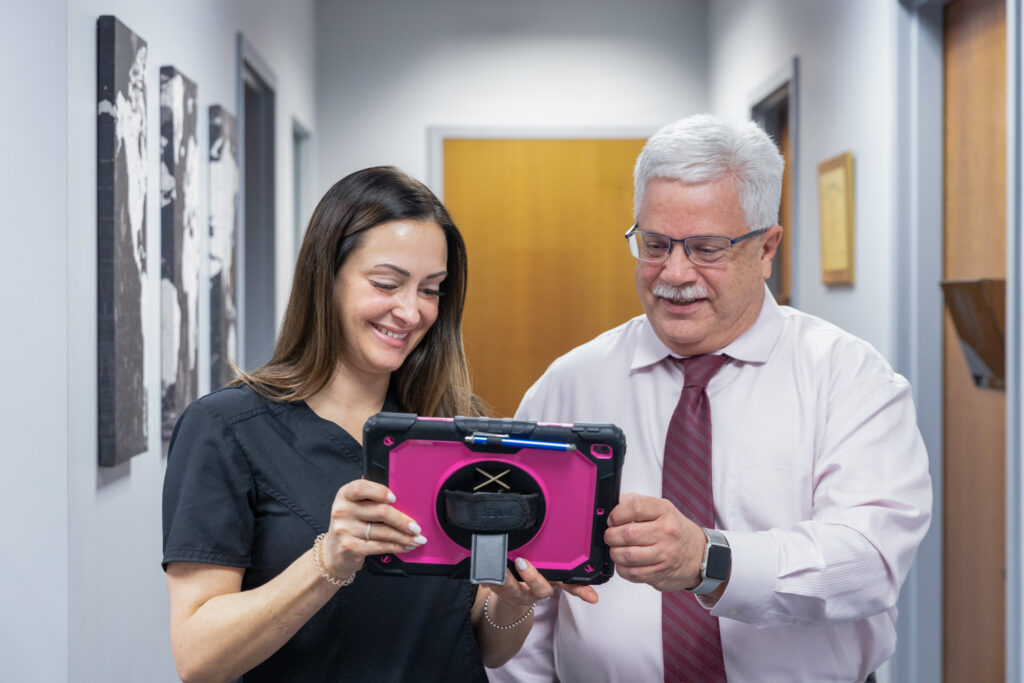
See the Difference with Chandler Eye Care
Choosing to move forward with cataract surgery is a significant step toward reclaiming your vision—and your life. At Chandler Eye Care Specialists, we’re honored to walk alongside you with expert guidance, advanced technology, and genuine compassion from start to finish.
Whether you’re just beginning to explore your options or you’re ready to schedule your surgery, our team can help. If you’re considering cataract surgery near Short Pump, request an appointment to set up your consultation—we invite you to reach out and discover how we can help you see the world more clearly again.
